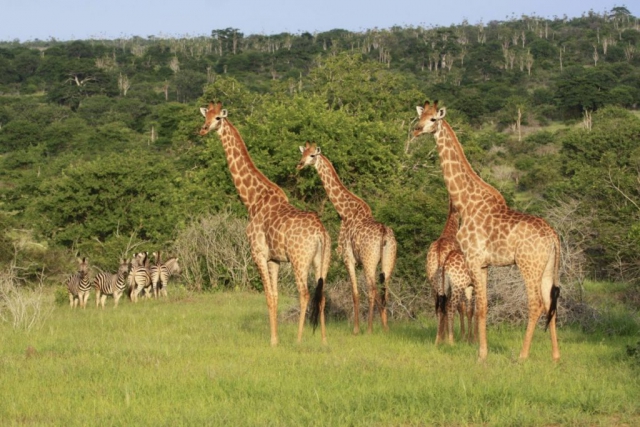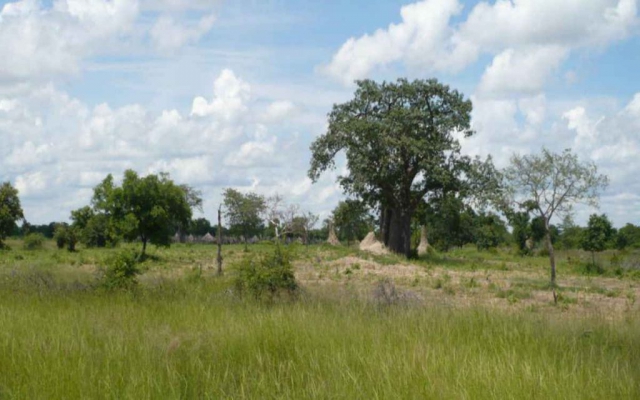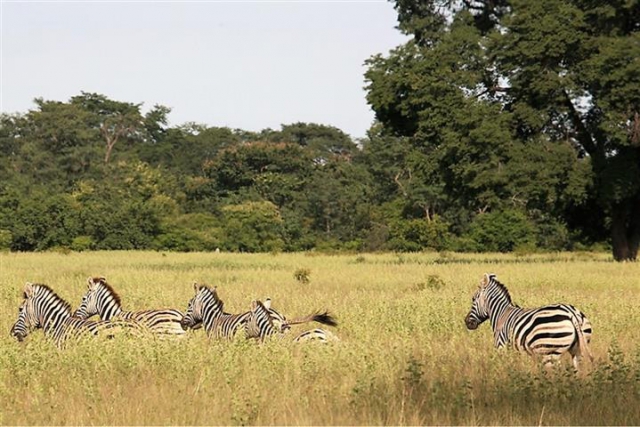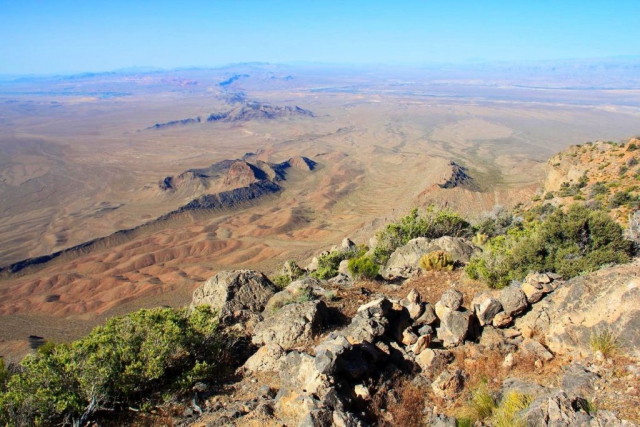Content
Located in the south of Angola, the Mupa National Park is a biodiversity gem, spreading over an area of 6,600 square kilometers. Established in 1964, this park hosts a variety of ecosystems and species, making it a paradise for nature enthusiasts.
Geographical Features
Mupa National Park offers a rich variety of landscapes, including savannas, grasslands, and forests. The region is characterized by diverse topography with gentle hills, mountains, and plateaus. The climate in the region is mostly dry with a well-defined wet season.
Flora and Vegetation
The park is characterized by an abundance of savanna vegetation, with the presence of acacias and baobabs. However, dense mopane and marula forests can also be found. The conservation of this diversity of flora is essential for maintaining ecological balance.
Fauna and Wildlife
Mupa National Park is home to a wide variety of wildlife species. Prominent species in the park include African elephants, zebras, and cheetahs, as well as a great variety of birds. Conservation of these species is a priority for the park, especially those that are endangered.
Activities and Tourist Attractions
Visitors to Mupa National Park can enjoy various activities. Hiking, birdwatching, and wildlife observation are among the most popular. Additionally, there are several points of interest within the park worth exploring, offering an enriching tourist experience.
Practical Information
Mupa National Park is accessible by road from the city of Lubango. The park offers accommodation in the form of campsites and lodges, and it is recommended to visit during the dry season when weather conditions are more favorable.
Research and Conservation
Mupa National Park plays an important role in the conservation and study of Angola’s biodiversity. Several research and conservation projects are being carried out, with a focus on protecting endangered species and preserving the park’s unique ecosystems.
Socioeconomic Impact
Mupa National Park in Angola, Africa, plays a significant role in the local and regional economy. Through tourism and other related activities, it generates employment and business opportunities for local communities. Additionally, it contributes to the preservation of local culture and traditions while allowing communities to benefit from its rich biodiversity.
The Mupa National Park is not only a treasure of biodiversity but also a pillar of development and conservation in Angola. Its rich variety of flora, fauna, and natural landscapes make this park a must-visit for nature enthusiasts and those interested in biodiversity conservation.




